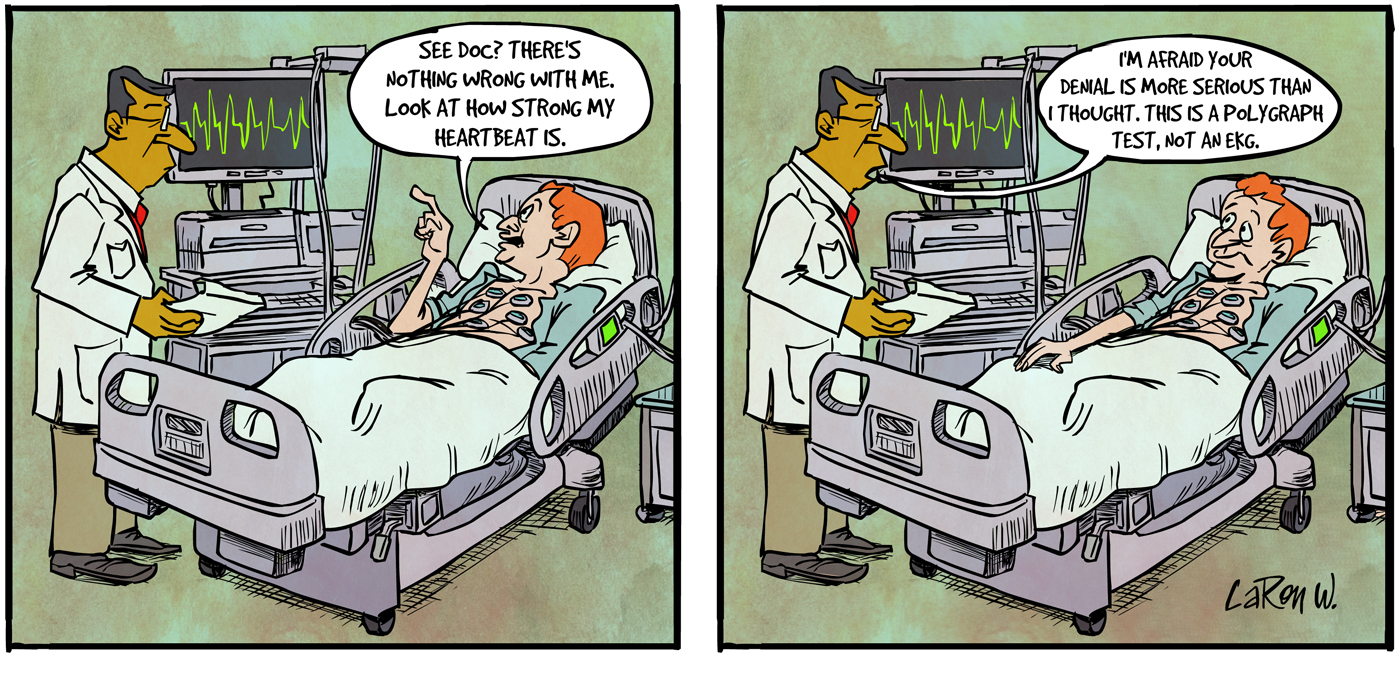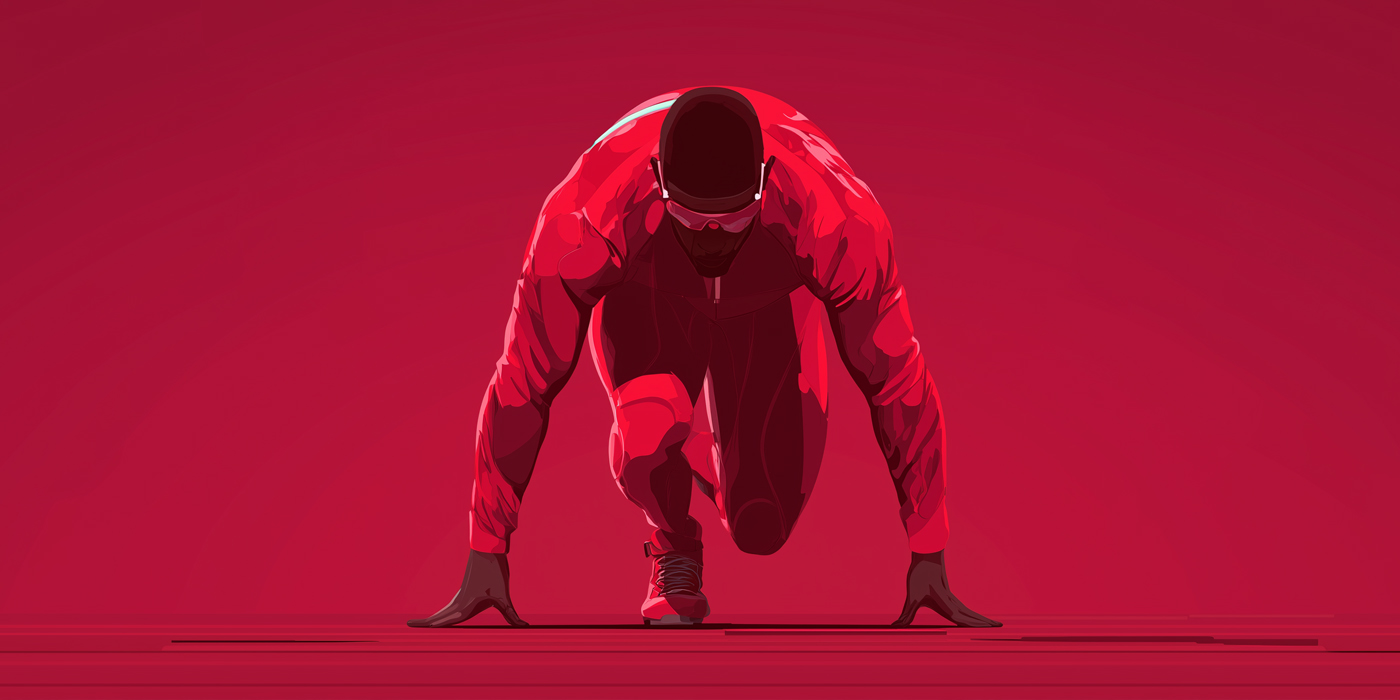In 1992 I founded SA in Melbourne. I immersed myself in service, Step work, sponsorship, conference recordings, local and international conferences. At age 35 I began a period of prolonged sobriety. At some deep level I knew it was unsustainable. Even with all my inventory work, I sensed there was something I had trouble identifying deep inside. After 8 years I lost my sobriety and struggled for the next 10 years.
Our literature says our problem is threefold, requiring healing physically, emotionally and spiritually. We rarely talk about the physical. I came to see that my inventory work was utterly incomplete until I added this physical element. As the White Book says “the whole person must be involved in recovery” (SA 34).
In 2006 when visiting California, I encountered the idea of brain scans to actually measure what was going on in my brain rather than just guessing. My scans showed that, even when sober and in recovery mode, my brain was “highly dysregulated.” The health of my brain affected my ability to practice sobriety and recovery. I retired early from work and went on disability to focus on this physical aspect of recovery.
Our Twelve Step program offers a solution that is also worked out in the physical body. I had no clue how unfit physically I was for recovery. This healing of the physical body and brain is what I now call Step Minus One: a necessity for medical intervention for some sexaholics before recovery can be sustained. The Steps helped me see what was going on in my lust, such as wanting to feel like others looked, and hoping sex and romance would do that for me. Also, I was running from challenging emotions. However, even with all my program work, sobriety and recovery were unsustainable until I started addressing the multiple issues of Step Minus One.
We are learning there is a range of medical issues that can affect brain health and therefore sobriety and recovery. These include gut health, nutrition, brain injuries, genetics, hormones, toxins. It might be any medical issue that contributes to the buildup of stress, which affects the survival brain where addiction lives. I’ve adopted many of the nutrition and lifestyle habits of the 1930s that early AA members may have practiced. These habits can make a profound difference for many with brain health issues.
One other sexaholic asked me to tell his story. He’s a minister, in the program five years. His sponsor says he does great Step work, yet had trouble maintaining long-term sobriety. His brain scan revealed a 40-year-old brain injury from childhood and PTSD. Testing revealed almost zero impulse control! With more comprehensive treatment, he now has his best sobriety ever and is carrying the message of Step Minus One to others.
By looking at Step Minus One issues with members, I’ve seen more of them progress, sometimes quite slowly, yet surely. After working this way with members for a few years, I recently developed a Step Minus One workshop presented in Melbourne and in Singapore.
Recovery is spiritual, and it is not just spiritual. While there’s a spiritual component to everything, that doesn’t make everything solely spiritual. The program works if you work it. But only if it’s worked physically, emotionally and spiritually.
Paul H., Melbourne, Australia






